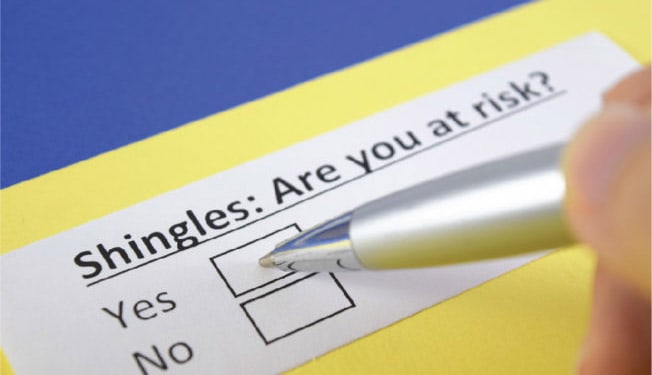How Long Does Shingles Last?
How Long Does Shingles Last? Shingle is a virus that causes an infection, which affects the nerves, causing rashes and blisters on parts of the body. This disease is also known as herpes zoster. Varicella-zoster virus is responsible for generating the illness, and it is also the virus that causes chickenpox. This virus causes inflammation of the skin, yielding painful rashes that further develop into blisters. The degree of pain felt varies depending on the area infected. Ideally, the rashes mostly appear on the torso area, but the face and neck could also be affected though such cases are rare. Varicella-zoster virus is airborne, and it can be transmitted through coughing or merely breathing the same air as an infected person. It could also be passed by touching the fluids from an infected person’s blisters. Additionally, this virus could be transmitted from mother to child during pregnancy. If you want to prevent the spread of the virus, measures like ventilation should be taken, and facemasks should also be worn when interacting with infected persons.
How Long Does Shingles Last? Read More





